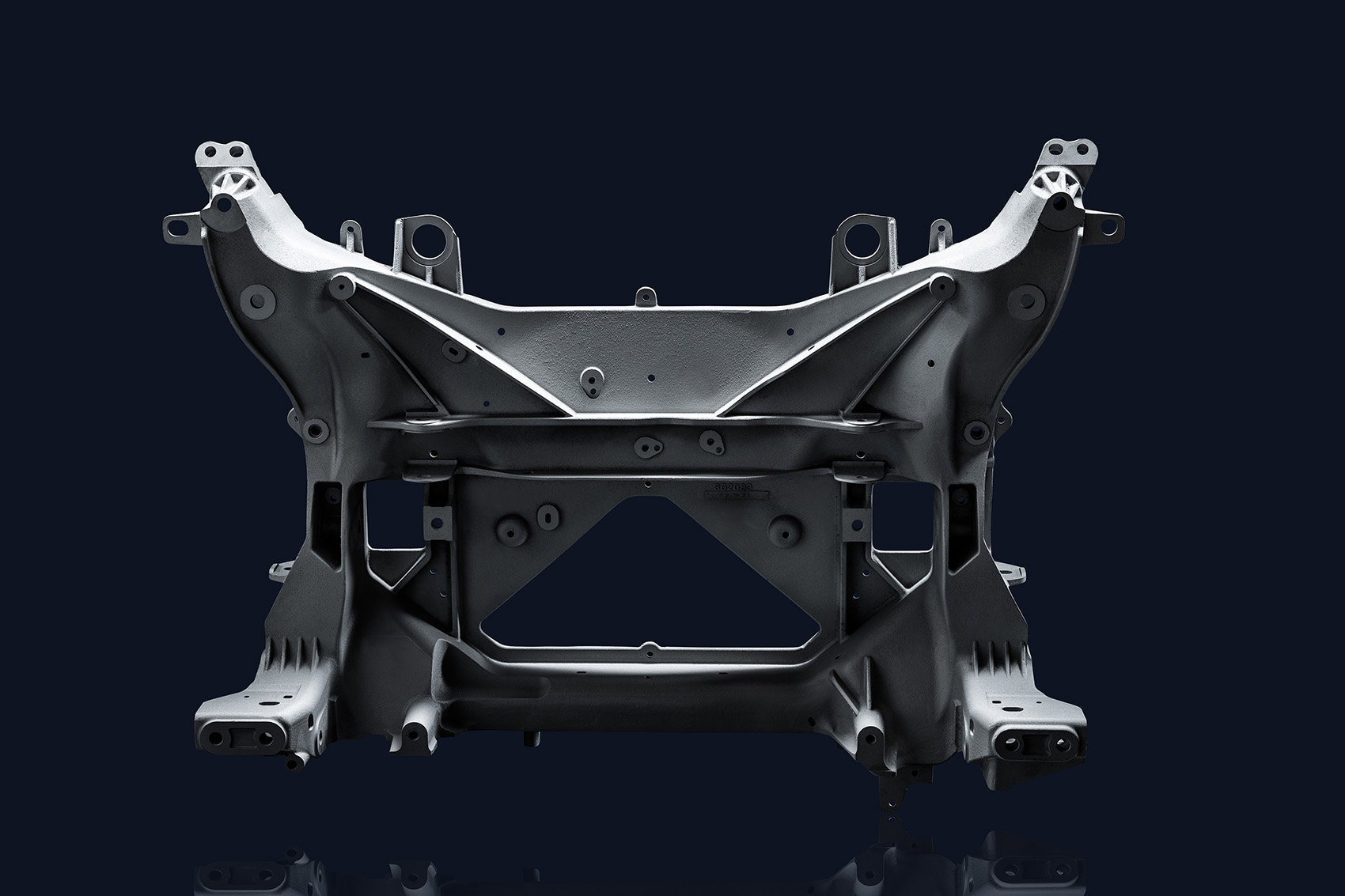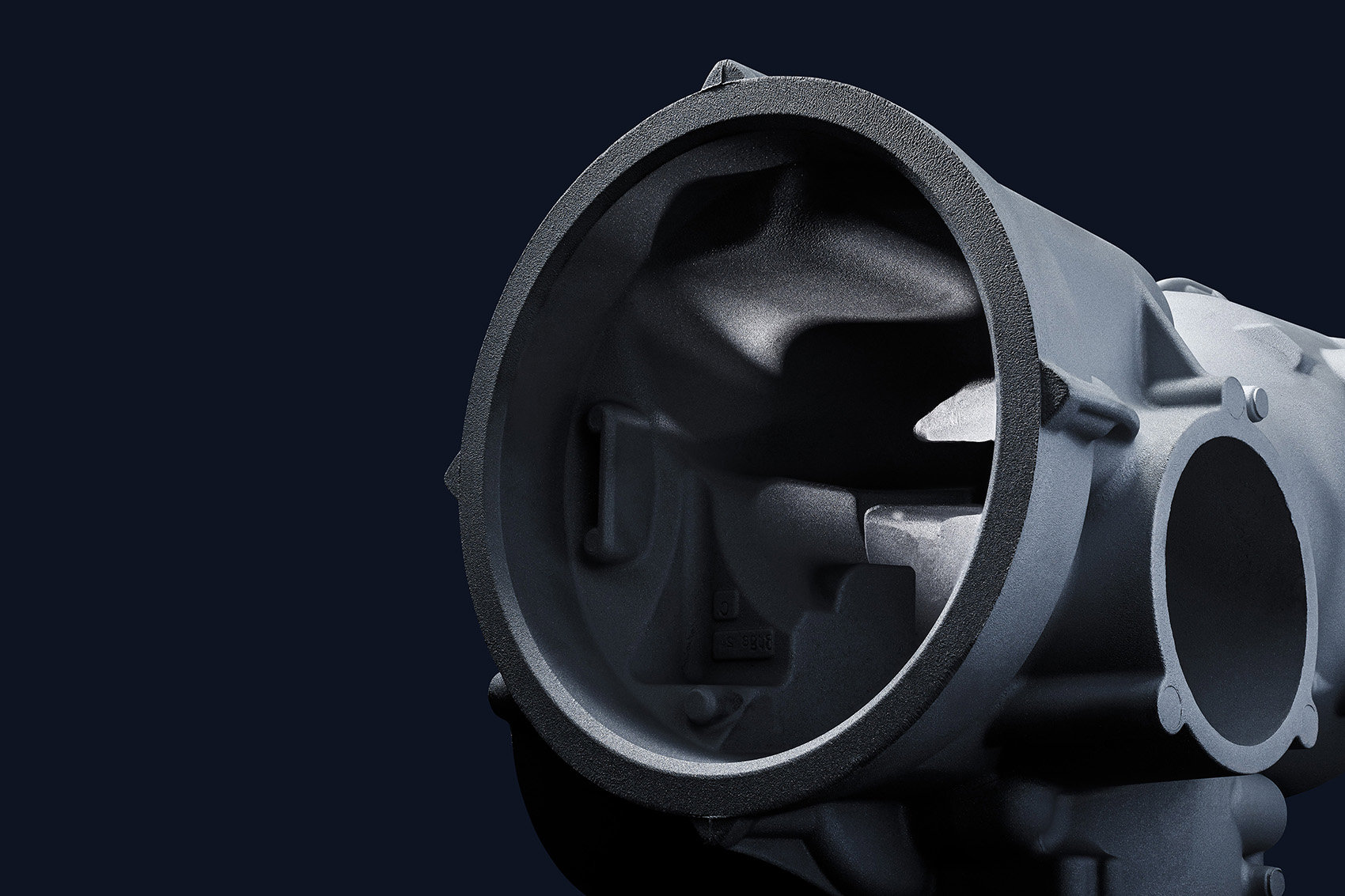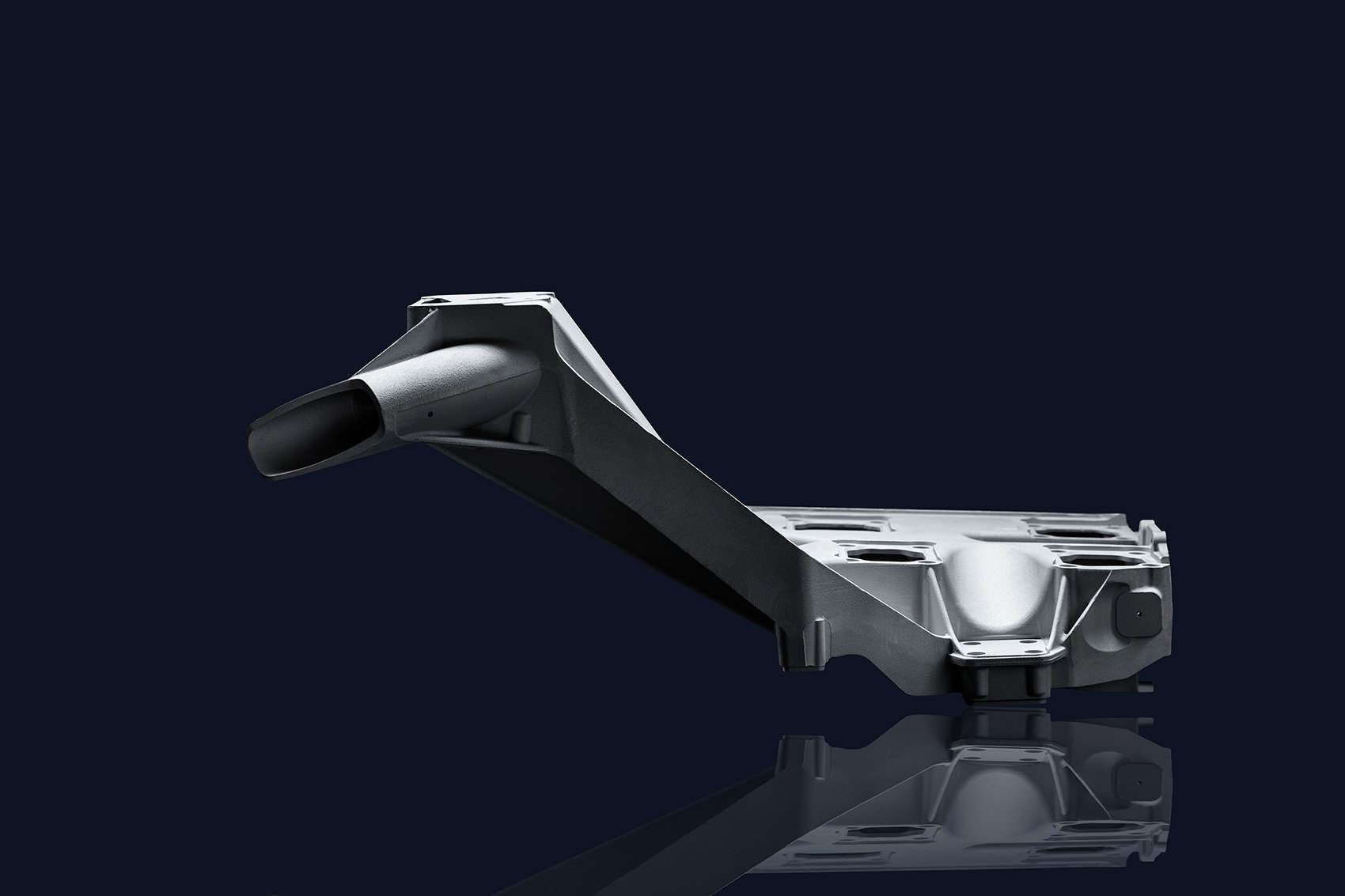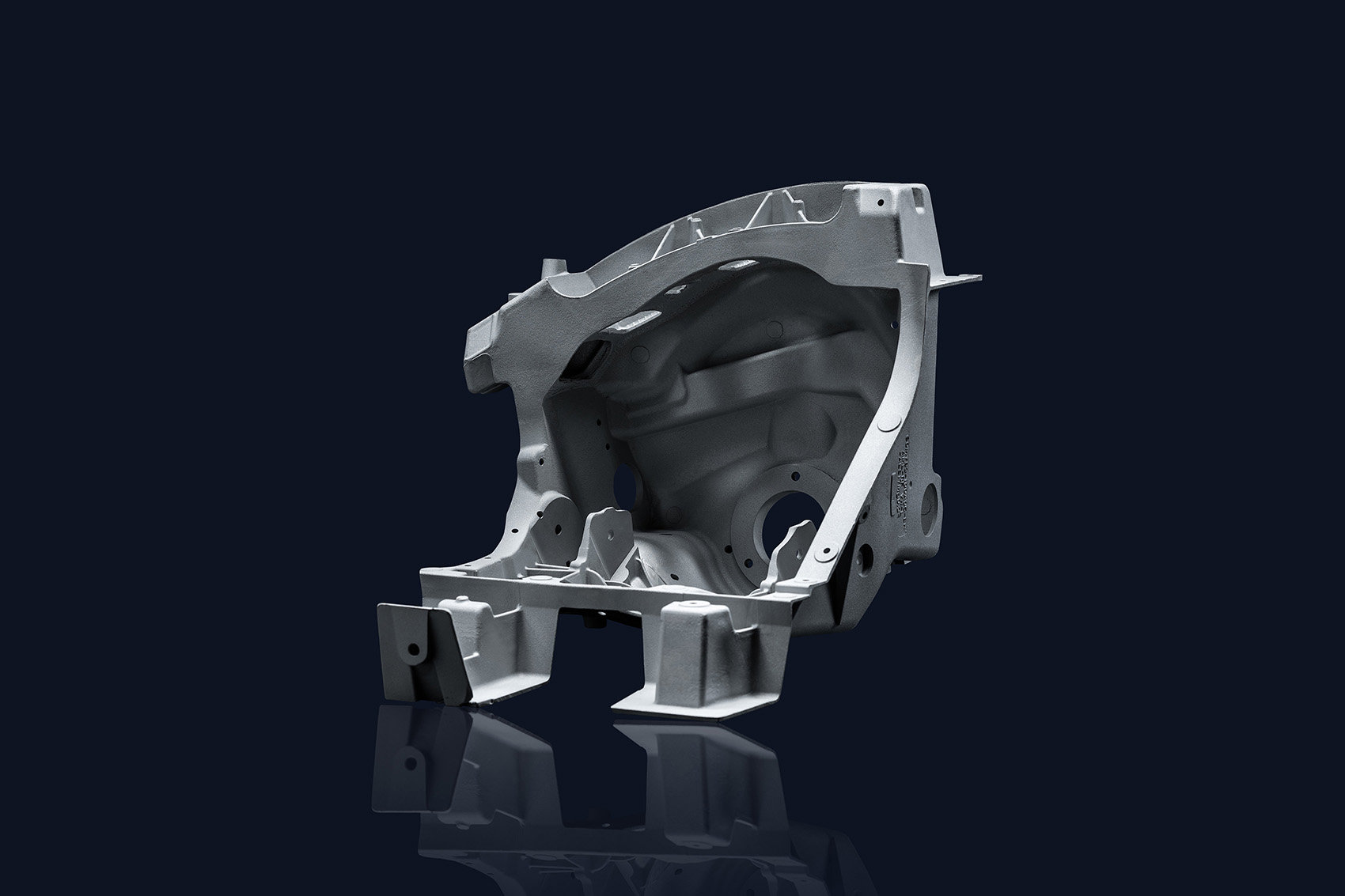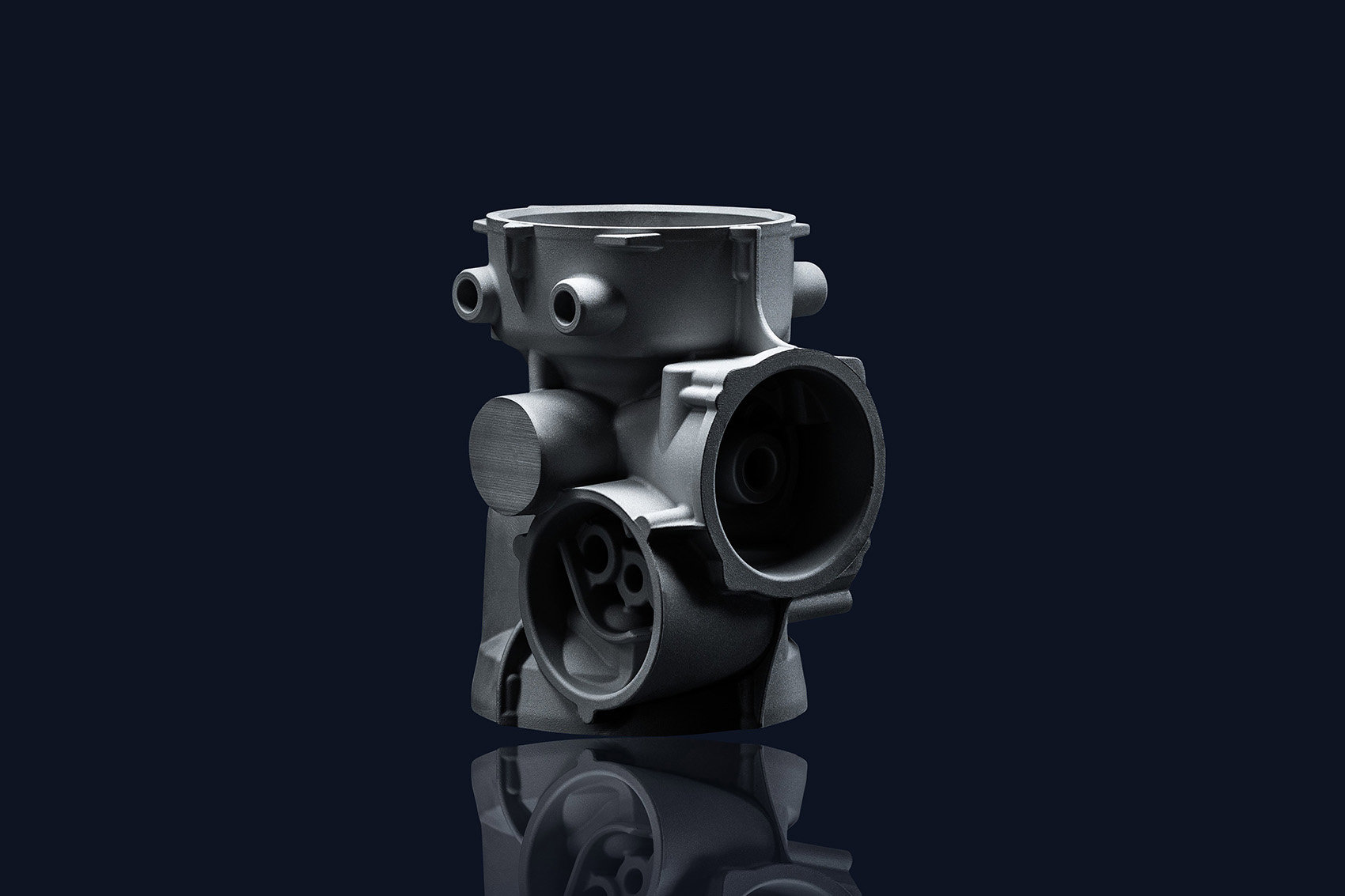
All Challenges Accepted
Sarginsons is an aluminium foundry, but its strategy is all about the technology. It's the pursuit of excellence by finding the best solution to a problem by understanding the underlying why. And this needs research, time and money. All of which Sarginsons has heavily committed to in solving some of the most challenging of casting quandaries.
The application of the answers has been revolutionary. A minimum 30% weight reduction in all castings re-engineered, is the most eye catching, but improvements in development lead times, larger castings, and the reduction of development risk are also game changing. But the possibilities for casting in aerospace applications, will probably prove to be the most fundamental advance.
The research continues into low carbon alloys, component industrialisation, TYE enhancement in sand castings and so on. The list is long, as the long term goal is to fully exploit the infinite design potential of liquid metal engineering, by being able to cast any 3D geometric form for a minimal price.
